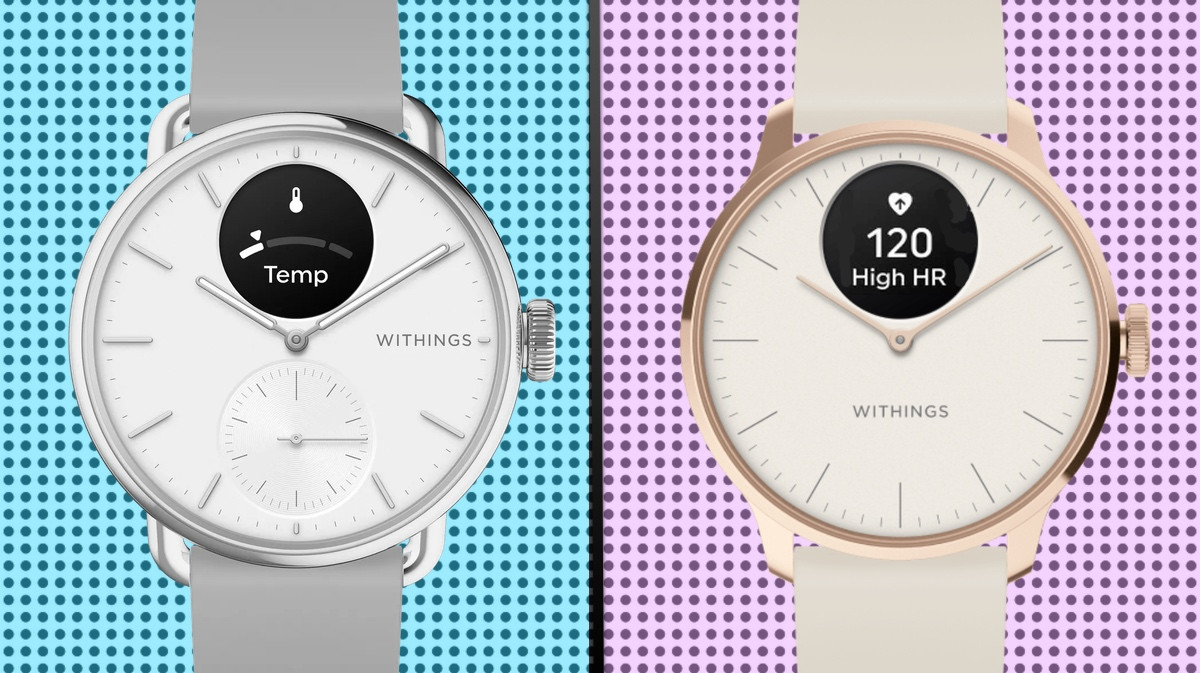
The Withings ScanWatch 2 and ScanWatch Light are two lovely-looking hybrid watches that we’ve enjoyed time getting to know and living with.
They do however sit in two different price categories and as is the norm it’s not been made abundantly clear how the two Withings watches differ. Well, now that we’ve tested them we can help you out on that front.
If you want a good idea of how the Withings ScanWatch 2 compares to the Withings ScanWatch Light, then here’s the lowdown.
Price
Let’s start with the price first. The ScanWatch Light as the name sort of alludes to, is a lighter version of the flagship ScanWatch 2.
So while you might be getting similar high-grade watch materials, there is a difference in the feature set. The ScanWatch 2 costs $349/£319 while the ScanWatch Light comes in cheaper at $249.95/£229.95.
That’s still not cheap, but it’s certainly a little more affordable than the ScanWatch 2.
Specs compared
| Withings ScanWatch Light | Withings ScanWatch 2 | |
|---|---|---|
| Case Material | Stainless steel | Stainless steel |
| Case size | 36.8 mm | 38/42mm |
| Weight | 27.1g | 34.6g (38mm), 52.6g (42mm) |
| Display | 0.6 inch mocochrome OLED | 0.6 inch mocochrome OLED |
| Strap Width | 18mm | 18mm |
| Battery Life | Up to 30 days | Up to 30 days |
| Sensors | Accelerometer, Multi-wavelength PPG | Skin temp, Accelerometer, Multi-wavelength PPG, Altimeter, ECG |
| Compatibility | iOS, Android | iOS, Android |
| Price | $249.95/£229.95 | $349/£319 |
Design
Wareable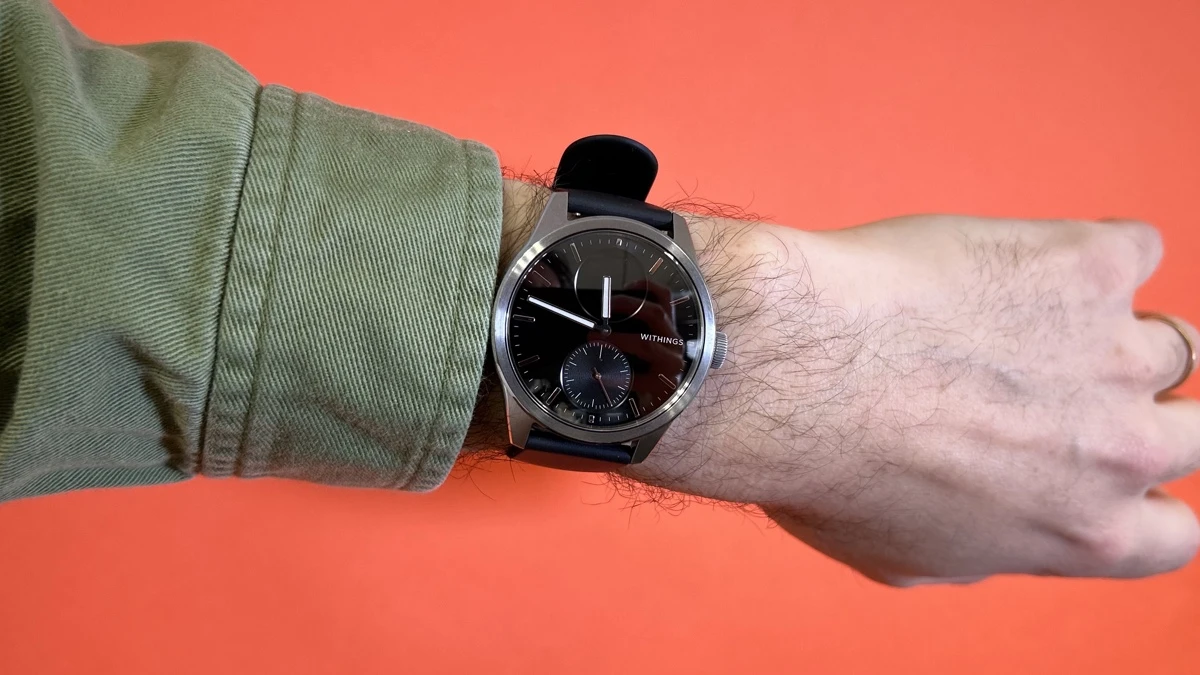
So the differences start with the designs and we’ll start with sizing. The ScanWatch 2 comes in 38mm or 42mm case sizes while the ScanWatch Light only comes in a 37mm case option. If you want the smallest watch, it’s the Light you want.
Then we get into watch materials. Both watches feature stainless steel watch cases and a range of watch dial colors and watch straps, including leather ones, to match them up.
That stainless theme extends to the solitary watch crown you’ll find on both watches to navigate the built-in displays.
The glass protecting those displays is another area where paying more gets you something more high quality. The ScanWatch 2 uses sapphire glass compared to the Gorilla glass on the ScanWatch Light.
That means you have a level of protection against scratches, but the ScanWatch 2 has something a little tougher.
Wareable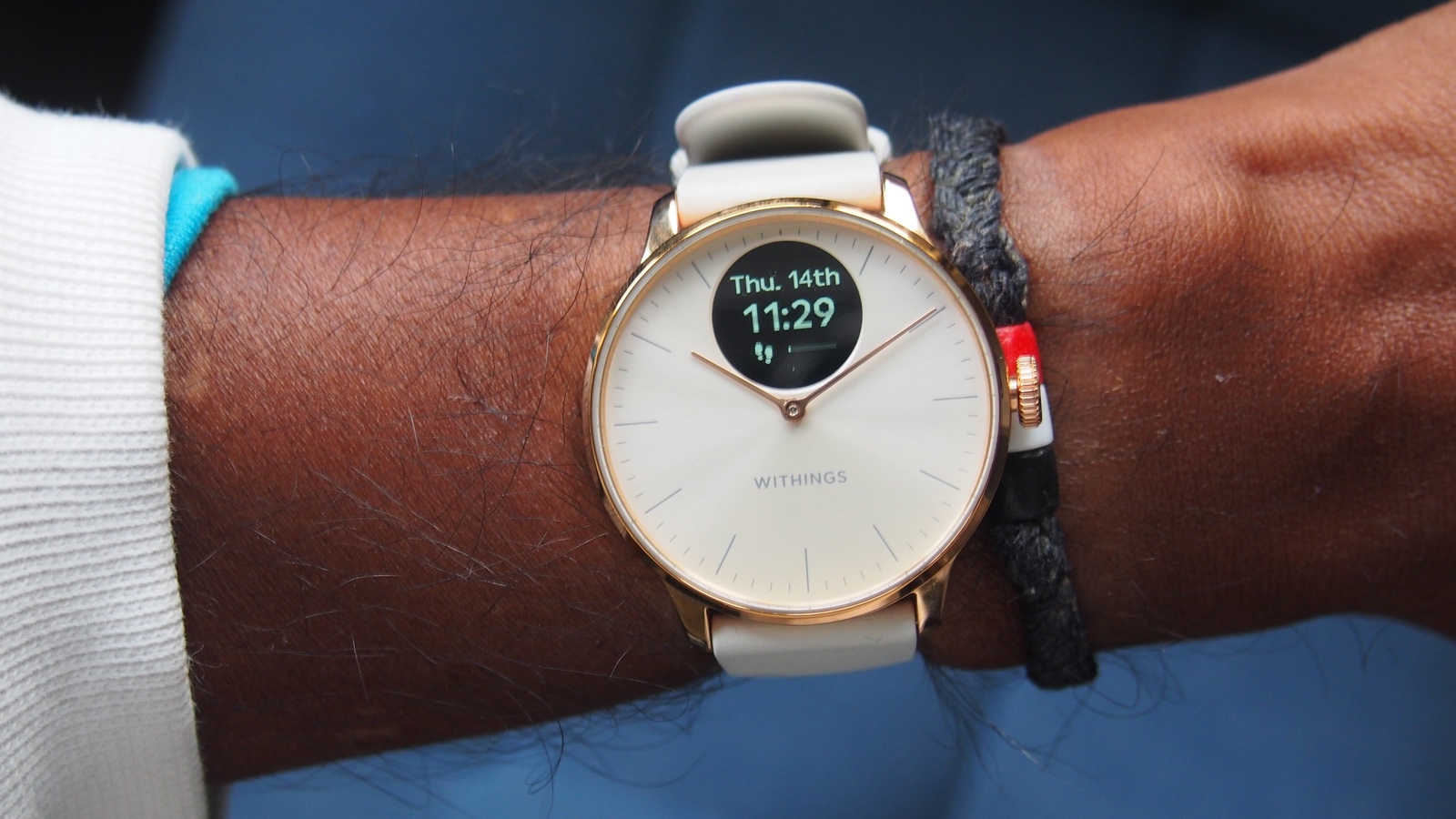
Speaking of screens, both feature the same grayscale 0.63-inch, OLED displays.
These aren’t touchscreens and are extremely low resolution, designed for showing off basic text and metrics only.
The ScanWatch 2 additional offers a second, non-digital sub-dial to display activity tracking progress, which you won’t find on the Light.
Waterproofing is the same on both watches, so you’re getting two hybrids with a 5ATM-rated design making them safe to swim and shower with.
Health and fitness
Wareable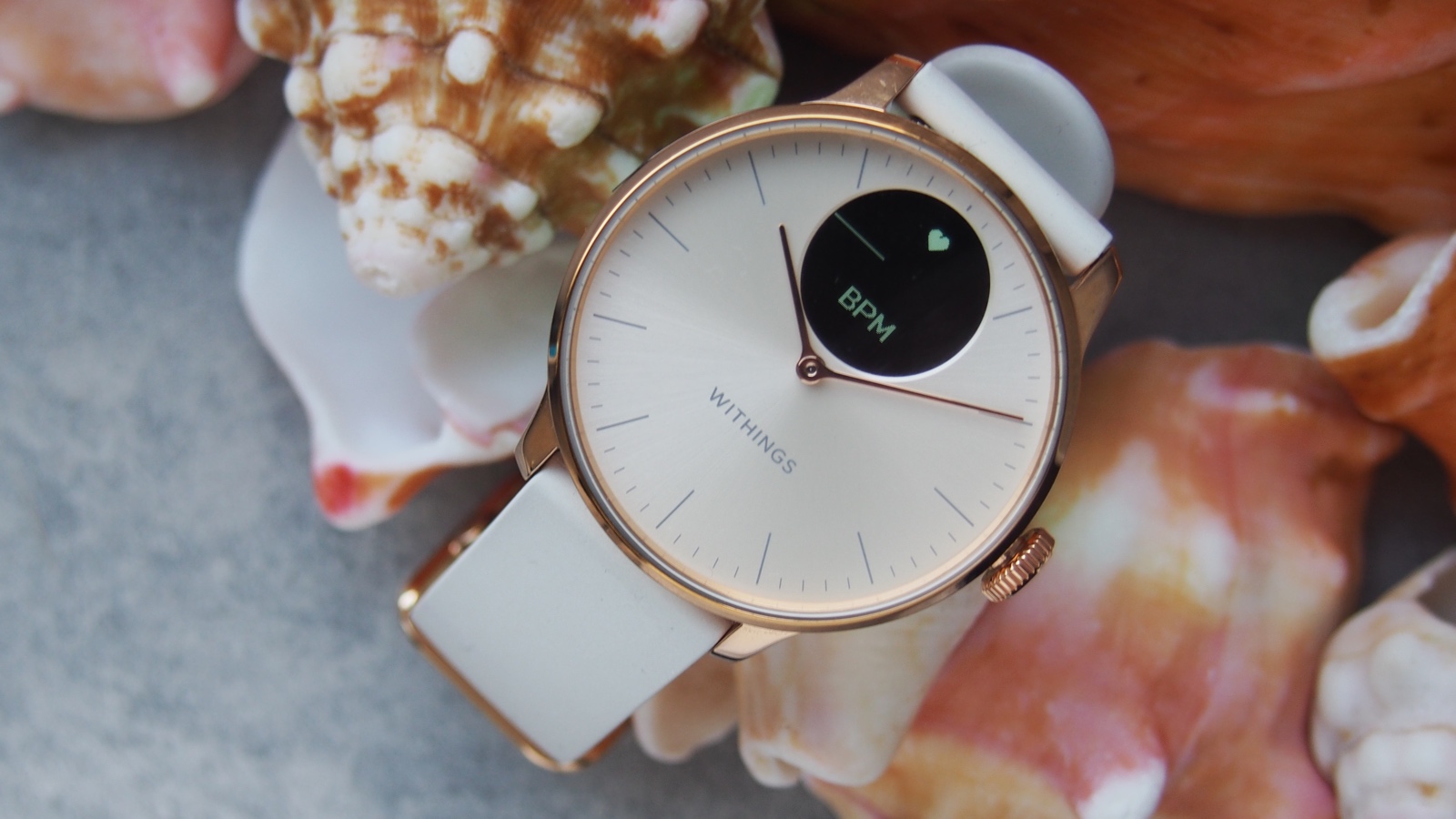
The ScanWatch 2 and Light offer a mix of fitness, health, and sports tracking. You’re just going to get a little more on that front from the pricier ScanWatch 2.
We’ll start with the ScanWatch 2, which features an accelerometer, an altimeter to measure elevation, and Withings’ TempTech24/7 module to continuously monitor body temperature variation throughout the day and night.
It also has ECG, which is medically cleared by the FDA and CE, which can alert to Afib – an irregular heart rate condition.
This can be used as a possible indicator of illness, though isn’t a medically certified device. There’s also a 16-channel PPG optical sensor that enables ECG to unlock atrial fibrillation detection and SpO2 monitoring as well as capturing respiratory rates from the ScanWatch 2.
Wareable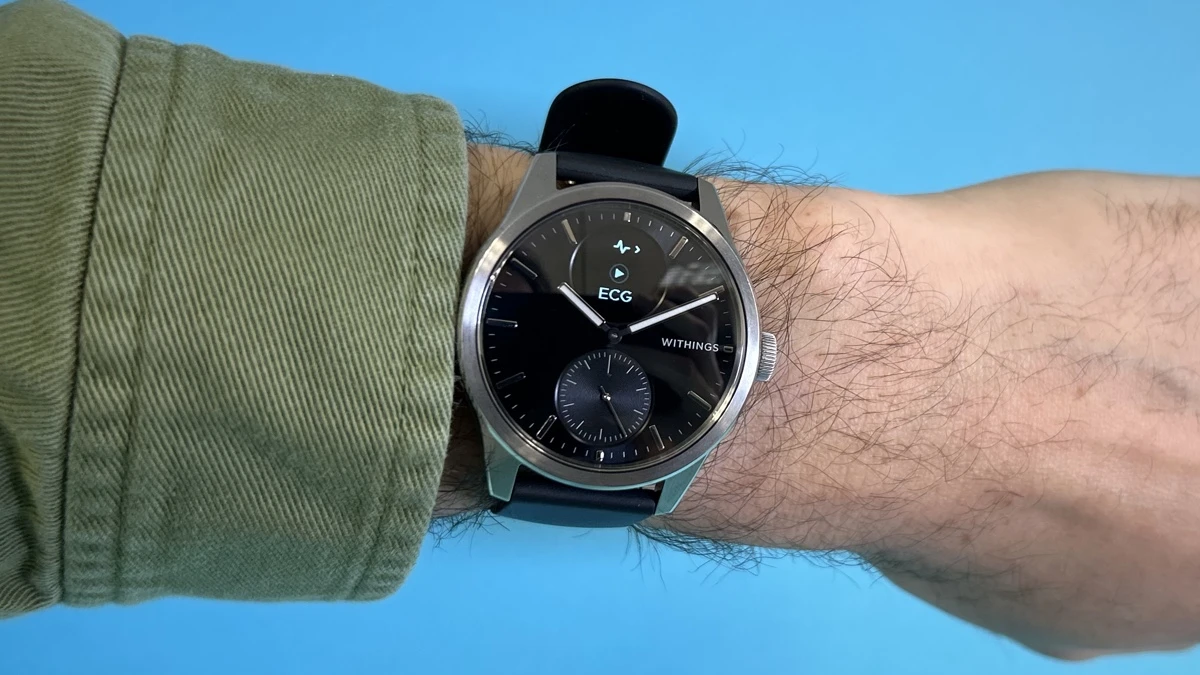
The ScanWatch Light doesn’t have an altimeter, temperature tracking, ECG or SpO2 tracking. It does have an accelerometer to enable activity and sleep tracking. There’s also a PPG optical sensor, which supports all-day heart rate tracking (including exercise) but isn’t a 16-channel setup.
Like previous Withings hybrids, they do both have some sports tracking skills, relying on that accelerometer and connected GPS as opposed to built-in GPS to enable more accurate tracking when pairing the watches to your Android or iPhone.
Both share the same level of women’s health tracking support, so that includes being able to log period flow, and cycle symptoms and viewing symptom and flow trends.
You’re also getting access to Withings+, a paid part of the companion app, which can offer additional health insights in return for a $9.95 monthly subscription.
So it’s really about what they offer from a health metrics point of view with the ScanWatch 2 offering more on that front.
Smartwatch features and battery life
Unsurprisingly, you’re not getting full-fat smartwatch features on either watch here. You will make compromises.
These are watches that can display notifications that scroll through on the OLED screen and let you set timers and alarms. That’s really it though. There are no payments, extra watch faces to pick from, or music controls. It’s a basic experience across the board.
Wareable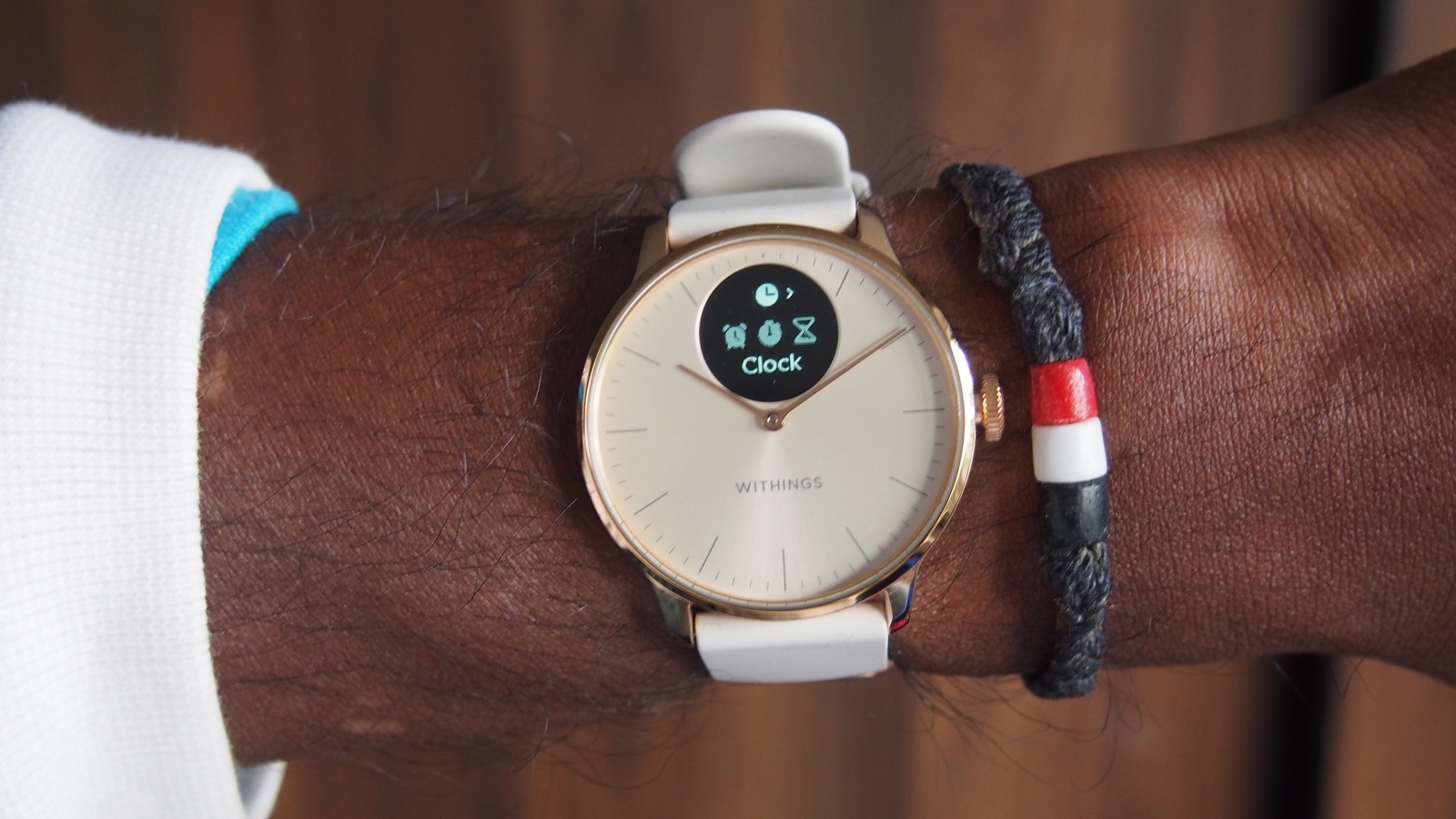
It’s a similar story for battery life where you can expect up to 30 days battery and a charging time of 2 hours when they hit 0%.
There are also proprietary charging cradles used to power them back up. As we’ve found in our testing, these watches are capable of going a week and longer, but getting that maximum 30 days will mean using some of the supported health and fitness features on a less regular basis to get a month away from the charger.
Which is right for you?
We’ll start by saying that these are two of the best-looking hybrid smartwatches you can buy right now.
It’s big health skills versus having a simpler, smaller hybrid ultimately.
You should go for the Withings ScanWatch Light if you value a smaller, daintier watch, and value the design over advanced health smarts.
The ScanWatch 2 is the more masculine offering – and also offers better protection against scratches. If you’re keen on having the added ECG, temperature tracking, SpO2 monitoring, and respiratory insights, then go for the ScanWatch 2.
Smartwatch and sports tracking support don’t separate these two watches, it’s all about how much you value advanced health tracking.
How we test
